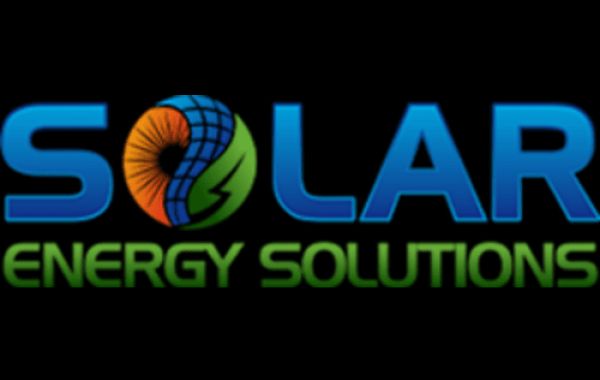In a world that's increasingly embracing sustainable energy solutions, solar panels have emerged as a shining star. Harnessing the power of the sun, these innovative devices convert sunlight into electricity, paving the way for a cleaner and greener future. In this blog, we'll delve into the fascinating world of solar energy, exploring how solar panels work and why they are becoming an integral part of our quest for sustainable living.
The Basics of Solar Panels
At its core, a solar panel is comprised of photovoltaic (PV) cells, which are responsible for the magic of turning sunlight into electricity. These cells are made from semiconductor materials, usually silicon, that can generate an electric current when exposed to sunlight.
The Solar Energy Conversion Process
Photons at Play
When sunlight hits the solar panels, it consists of tiny particles called photons. These photons carry energy, and when they collide with the semiconductor material in the PV cells, their energy is transferred.
Electron Excitement
The collision of photons with the semiconductor material causes the electrons in the cells to become excited and gain energy. This process creates an electric current.
Direct Current (DC) Generation
The electric current generated is in the form of direct current (DC). However, most of our electronic devices use alternating current (AC). To bridge this gap, an inverter is employed to convert DC into AC, making it usable for homes and businesses.
Solar Panel System Components
Solar Inverter
The solar inverter plays a crucial role in the system. It converts the DC electricity generated by the solar panels into AC electricity that can power your home or business.
Battery and Inverter Integration
Some solar panel systems include batteries to store excess energy for later use. This integration ensures a continuous power supply, even during periods of low sunlight.
Professional Solar Installation
Ensuring the optimal performance of your solar panel system requires professional installation. Experts in the field understand the intricacies of positioning panels, configuring inverters, and integrating battery storage systems for maximum efficiency.
Commercial Solar Panel Installation
For businesses looking to embrace sustainability and reduce energy costs, commercial solar panel installations offer a viable solution. These systems can be tailored to meet the specific energy needs of commercial establishments.
EV Charger Installation
In the era of electric vehicles (EVs), having an EV charger powered by solar energy is a smart and eco-friendly choice. Solar panels can generate the electricity needed to charge your EV, further reducing your carbon footprint.
Solar Carport in Ireland
Innovative solutions like solar carports not only provide shade for your vehicles but also serve as an additional space for solar panels. This dual-purpose structure maximizes energy generation while offering practical benefits.
Conclusion
The journey of solar panels, from capturing sunlight to powering homes and businesses, is nothing short of remarkable. With advancements in technology and a growing commitment to sustainable practices, solar energy is becoming an increasingly accessible and viable solution. Whether for residential or commercial use, embracing solar power through professional installation opens the door to a cleaner, greener, and more sustainable future.
Remember, the sun is an abundant source of energy just waiting to be harnessed. Buy solar panels for home and take a step towards a brighter, more sustainable tomorrow.








